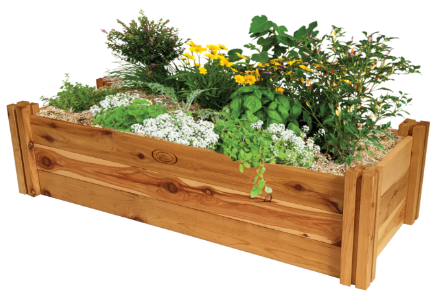Understanding Variable-Length Grow Zones: A Guide to Optimizing Your Garden Space
Body
Gardening enthusiasts often seek to maximize their garden's potential, and understanding variable-length grow zones is essential for achieving this goal. These zones, which can vary in size and characteristics, play a crucial role in determining what plants will thrive in your garden. This article will delve into the intricacies of variable-length grow zones, offering insights to help you optimize your garden space.

What Are Variable-Length Grow Zones?
Variable-length grow zones refer to specific areas within a garden that can support different types of plants based on various factors, including climate, soil type, and sunlight exposure. Unlike traditional grow zones that are fixed, variable-length grow zones allow for flexibility in gardening practices. This adaptability can lead to a more diverse and productive garden.
Factors Influencing Grow Zones
Several factors influence the characteristics of variable-length grow zones:
- Climate: Different regions experience varying temperatures and precipitation levels, which directly affect plant growth.
- Soil Quality: The composition of soil, including its pH and nutrient content, can determine which plants will flourish.
- Sunlight: Areas of your garden may receive different amounts of sunlight throughout the day, impacting plant selection.
- Water Drainage: Proper drainage is essential for many plants; thus, understanding your garden's drainage patterns is vital.
Benefits of Understanding Variable-Length Grow Zones
By grasping the concept of variable-length grow zones, gardeners can enjoy numerous benefits:
- Increased Plant Diversity: You can cultivate a wider variety of plants that are suited to specific conditions within your garden.
- Optimized Space Utilization: Understanding the unique needs of different plants allows for better planning and use of available space.
- Improved Yield: Tailoring your gardening approach to the specific conditions of each zone can lead to higher yields.
How to Identify Your Variable-Length Grow Zones
Identifying your garden's variable-length grow zones involves careful observation and analysis. Start by assessing the following:
- Monitor sunlight patterns throughout the day.
- Test your soil for pH and nutrient levels.
- Observe water drainage after rainfall.
- Consider the microclimates created by structures or trees.
Once you have gathered this information, you can begin to map out your garden's unique zones. This will help you make informed decisions about which plants to grow in each area.
Practical Applications of Variable-Length Grow Zones
To effectively utilize variable-length grow zones, consider investing in  . These specialized garden beds can help you manage different soil types and moisture levels, making it easier to cultivate a variety of plants. Additionally, using raised beds can enhance drainage and improve soil quality, further optimizing your garden space.
. These specialized garden beds can help you manage different soil types and moisture levels, making it easier to cultivate a variety of plants. Additionally, using raised beds can enhance drainage and improve soil quality, further optimizing your garden space.
Conclusion
Understanding variable-length grow zones is essential for any gardener looking to maximize their garden's potential. By considering factors such as climate, soil quality, and sunlight exposure, you can create a thriving and diverse garden. Embrace the flexibility of variable-length grow zones to enhance your gardening experience and achieve greater success in your gardening endeavors.









Comments